The Appropriation of Black Culture is not just a fad

Contributor
Sherida Kuffour writes on a phenomenon that has no boundaries, as she argues why appropriation of Black culture in all forms, is a big deal and its effects cannot just simply be wished away!
From Elvis Presley, to Kylie Jenner to Iggy Azalea, and even Pablo Picasso, the entertainment and creative industries have long upheld the idea that blackness and all that it encompasses is valuable. But just without its black canvas.
When American reality TV teenager Kylie Jenner from the massively hyped ‘Keeping Up With the Kardashians’ finally admitted, after months of denial, that she was pumping her young and thin lips with fillers to make them fuller – the reaction did not generate abuse, but admiration and a flood of copycat looks. Lip-filling is now a huge and profitable business among white people, who are not naturally endowed in that area. Jenner is now one of the richest teenagers in the world, partly because of her now enhanced lips.
Then came one day in February 2016 during New York Fashion Week, when Mac Cosmetics posted a backstage Instagram image of a naturally full-lipped Ugandan model Aamito Lagum wearing their new ‘Royal Romance’ lipstick range in a deep shade of blue. And did the gates of hell break open? Yes they did. A torrent of unprintable racial abuse aimed at the gorgeous Ugandan, flooded the MAC timeline. Interestingly, the giant cosmetics company – a favourite of black women – did not even make an attempt to take the post down as a form of respect to Aamito. No fewer than 30,000 abusive comments were posted within four weeks.
“Hey, we love everything about you…
just not on you”

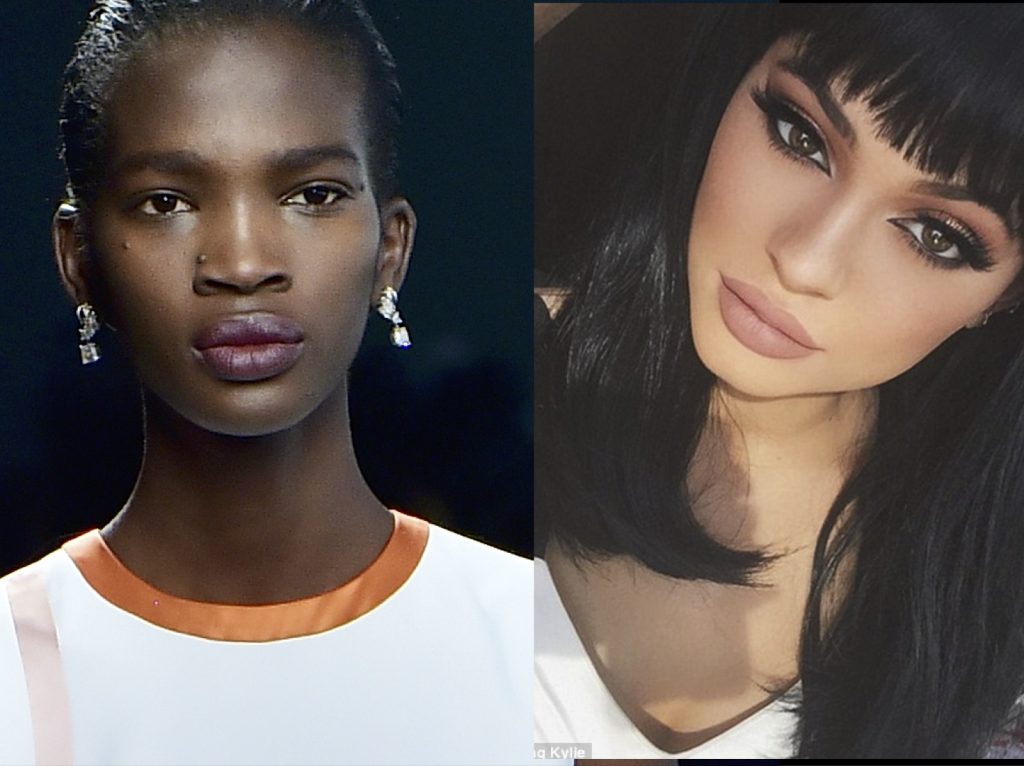
This is but one, albeit classic, example of how black beauty and features, unless “exoticised”, are only viewed as beautiful on white people. I can give further examples: Kylie’s sister Kim’s and Jennifer Lopes’ backsides are good on them, but ugly on any black woman. But it is not just about the Kardashians.
From Elvis Presley, to Kylie Jenner to Iggy Azalea, and even Pablo Picasso, the entertainment and creative industries have long upheld the idea that blackness and all that it encompasses is valuable… just without its black canvas.
Western society clings to the idea that sophistication worthy of profit and respect is a white right. The ideals of beauty and talent and brilliance have long been synonymous with ‘whiteness’. It’s worth analysing how artists such as Madonna can be provocative both sexually and politically and yet also be taken seriously enough to speak on pressing issues. Yet when the very same actions are painted on a black woman (as they were on Janet Jackson’s ‘Nip-Slip Superbowl’), they’re seen as “hood rats” or ghetto.
The Blacker the Berry
In his 1929 book, The Blacker the Berry, Wallace Thurman outlines the general consensus that preludes the notion that blackness in all its creative glory is primitive and uncivilised, and imposes whiteness as an intrinsic default.
He writes: “We are all living in a totally white world, where all the standards are the standards of the white man, and where almost invariably what the white man does is right, and what the black man does is wrong, unless it is precedented by something a white man has done.”
The phrase ‘everybody wants to be black until it’s time to be black’ is a phrase that can be regarded as a truism especially in the creative industry. In response to how a trip to the Trocadero museum in Paris in 1907 inspired his Cubist paintings (often heralded as his “black period”), Picasso was known to vehemently deny the influence of African art in his work. That the whole Cubist movement was conceived as a result of African art without proper credit to its origins (all the while raking in legendary status and financial gain), is a testament to black profitability.
The phrase ‘everybody wants to be black until it’s time to be black’ is a phrase that can be regarded as a truism especially in the creative industry.
In this present day, the new “scramble for Africa” comes in the form of lip injections, butt pads, “African-inspired” fashion shows, cornrows recently re-coined by mainstream women’s magazines as “boxer braids”, and much more.
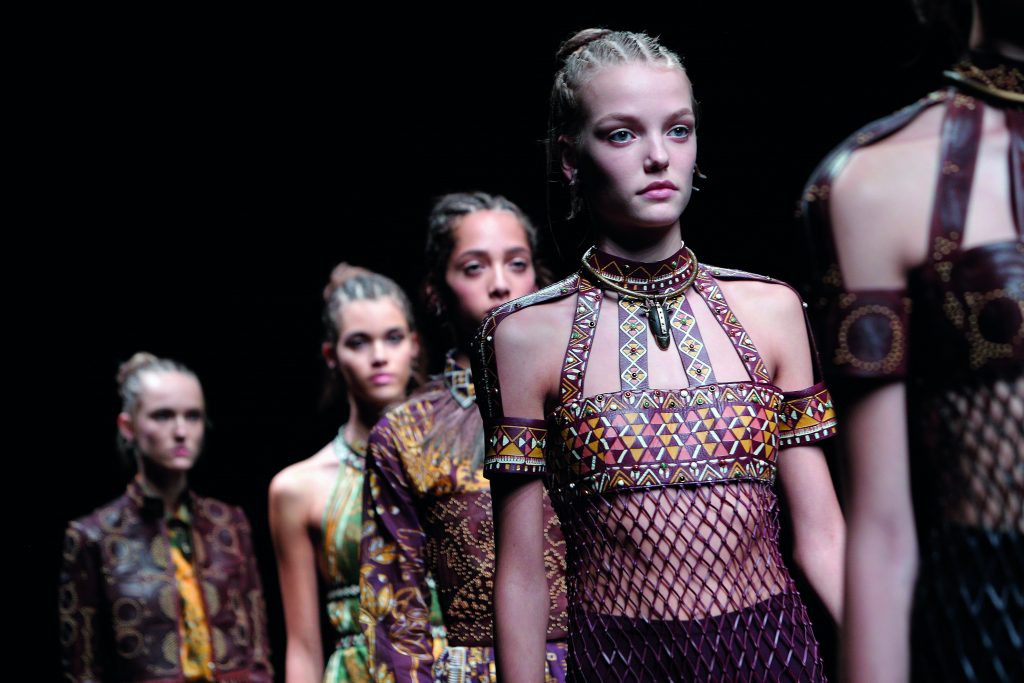
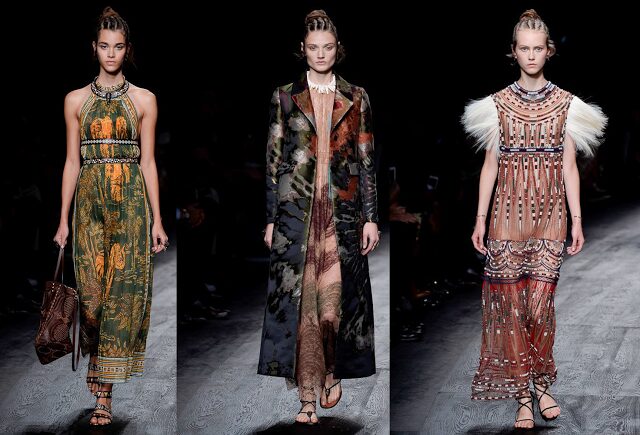
Wallace Thurman outlines the general consensus that preludes the notion that blackness in all its creative glory is primitive and uncivilised, and imposes whiteness as an intrinsic default.
It is not farfetched to say the Kardashians and Jenners are currently the modern day examples of acceptable blackness – and the slow erasure of black beauty. The family that has created an arguably unmatched empire by capitalistic means and marketing talents have been praised for their curves, which are alleged to be largely a result of silicones and superficial additions seemingly to mimic the model of a black woman’s body.
The appeal of the Kardashian and Jenner clan comes from an association with various black celebrities giving them a black pass by association. Similarly, Iggy Azalea, an Australian rapper who in one of her pop anthems referred to herself as a “runaway slave…master” uses a faux Southern African-American vernacular to profit in a market that shuns black women.
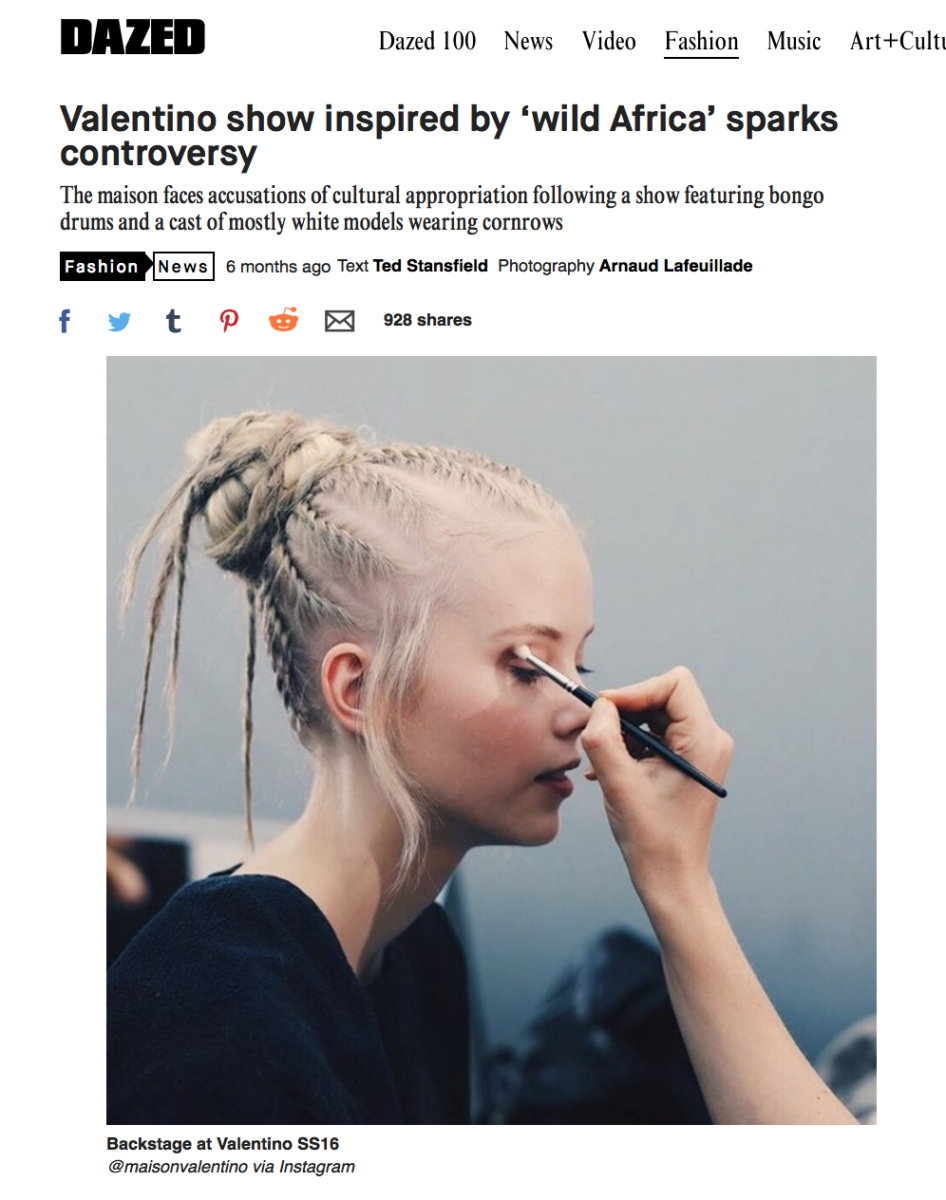
Western civilisation’s sophisticated acquisition of indigenous people’s heritage and culture blatantly says: “Hey, we love everything about you… just not on you”. Black cannot be beautiful unless it is somehow laced with whiteness. There is a fixed concept of people of colour, in that they are put into an “other” category; one that requires more effort to conceptualise. The privilege of whiteness is one that comes with neutrality.
The white man allows himself individuality, and his foes are not held against his entire race, nor does he become laden with fitting a particular box. This same privilege denies people of colour individuality and instead classifies them as a homogenous group. For example, seeing a white woman on a billboard campaign selling underwear may not be seen as sexual or offensive as a black woman would be.
The black woman’s body throughout history has been seen as savage, as something to be entertained with and even experimented on (hello 19th Century American physician J. Marion Sims!), but never to be respected, at least not to the same regard as a white woman’s might.
Enter Aamito Lagum and her lacquered lips on MAC Cosmetics’ Instagram page. Racists clamoured to the comments section of the Instagram photo to leave remarks of distaste and disappointment in the make-up brand.
What this implies is that MAC ventured outside of the “default”, that Lagum had the audacity to have black features on a black face, instead of a white canvas.
So what’s the big deal? Well here is the deal – when Angelina Jolie is heralded for her beauty and full lips, yet Aamito Lagoom is condemned for hers. When the Kardashians can create an empire based entirely of sexual musings, making them one of America’s best known and wealthy families, whilst black celebrities who might do similar things are condemned. When black women who have long been vocal about their mistreatments are called angry, over-sensitive, but their white counterparts are “ground-breaking” – that erases a people.
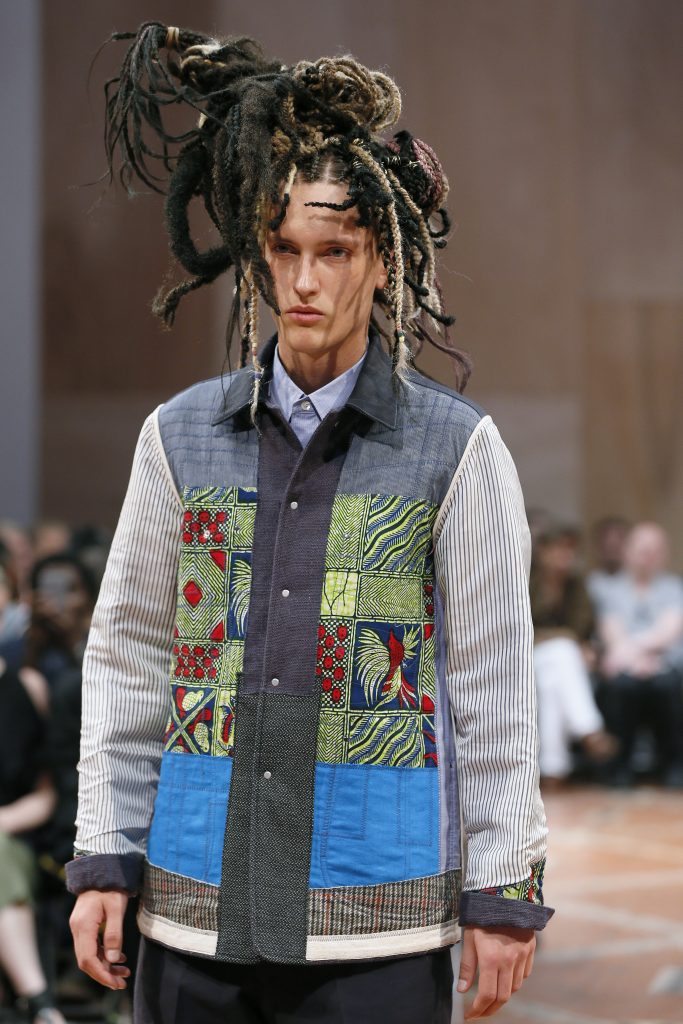
The appropriation of various African cultures, and its Diaspora, whether it be be American, Latin or Nordic, enables the erasure of black people as a whole and minimises the efforts of great artisans and creativity.
The reality is that an expunging of a people doesn’t happen overnight, it begins with an invitation echoed by “unity”, “equality of all” and “colour-blindness”, chanted by people who imply that there should be no race. There are white people that assume that wearing dreadlocks, having interracial relations, having the freedom to adapt black vernacular (of course, this varies geographically) means that racism is dead.
Black people are often told to “stop complaining and create our own platforms”, a valid point to the superficial eye, except it’s a moot statement, filled with little regard to black activists that have come before us. It lacks humility. To say that black people ought to love themselves, and create their own things completely dismisses the theft of black art throughout history.
It disregards the Black Panther movement in the 1970s, robs the Black Wall Street and dilutes the Haitian revolution of its former glory, and dismantles the discussions of present day activists.
The tiresome cycle of re-creation, theft and subsequent rejection creates disparity. We have these discussions about appropriation because we know where it’s headed. We have been here before. We know that a white woman “reinventing” cornrows as “boxer braids” creates a slippery slope to smudging out the creators of the hairstyle. We know that the term “blue-eyed soul” will soon lose its racial label and white soul will become the default and cheekily be called the original, “Black Soul”. Sadly it seems as though R&B is heading the same way as Rock ‘n’ Roll. The 2016 Brits Award had an overwhelmingly large amount of the “blue-eyed soul singers” claim awards in the category. The night’s winners saw the likes of Sam Smith, Adele and Ed Sheeran receive praise for a genre previously dominated by black UK singers.
We know that a white woman “reinventing” cornrows as “boxer braids” creates a slippery slope to smudging out the creators of the hairstyle.
Ultimately, the aim of calling out white supremacy and white privilege when it comes to art isn’t to bar white folks from being interested in black art, loving it or even partaking in black artistry. Rather, it is a cry to hold on to our history, our toils, our legacies and identity.
We know of the Greek philosophers, of the Roman empires of the Arab nations because their legacy for the most part is reserved, protected and heralded as great accomplishments. African empires have been robbed, re-modelled and denounced as simple, savage and lacking sophistication. In a bid to reclaim this, all we ask is a rightful accreditation of our art, acceptance of our black faces, lips and natural hairstyles, and a recognition that cultural appropriation doesn’t become theft, it is theft.
calling out white supremacy and white privilege when it comes to art isn’t to bar white folks from being interested in black art, loving it or even partaking in black artistry. Rather, it is a cry to hold on to our history, our toils, our legacies and identity.









